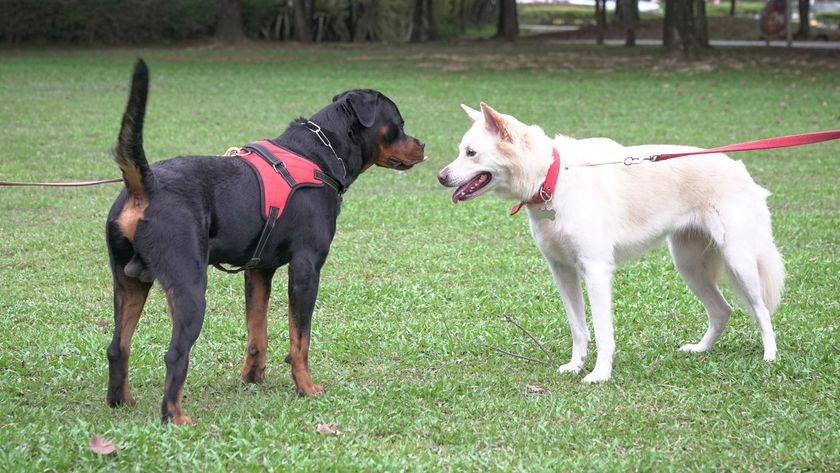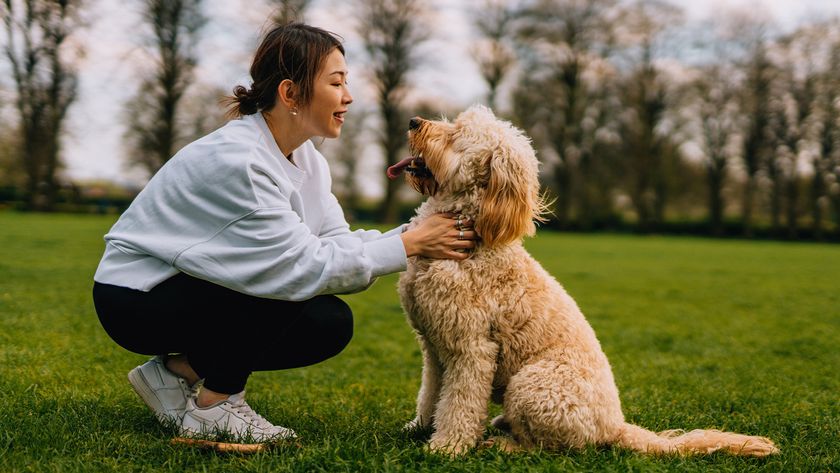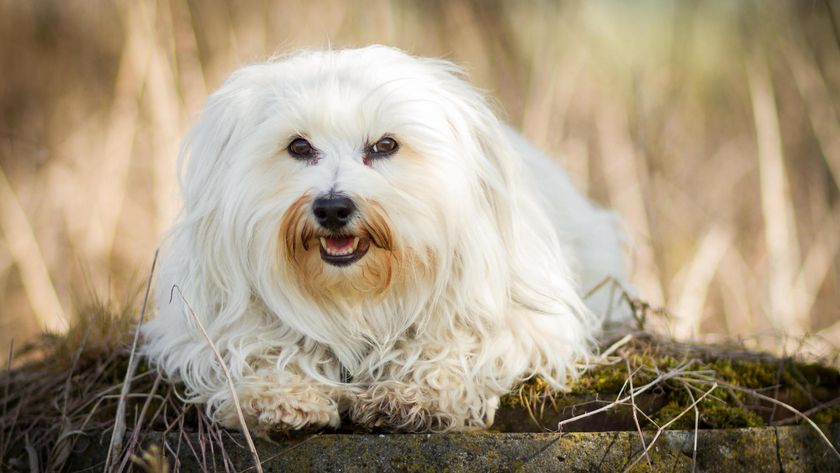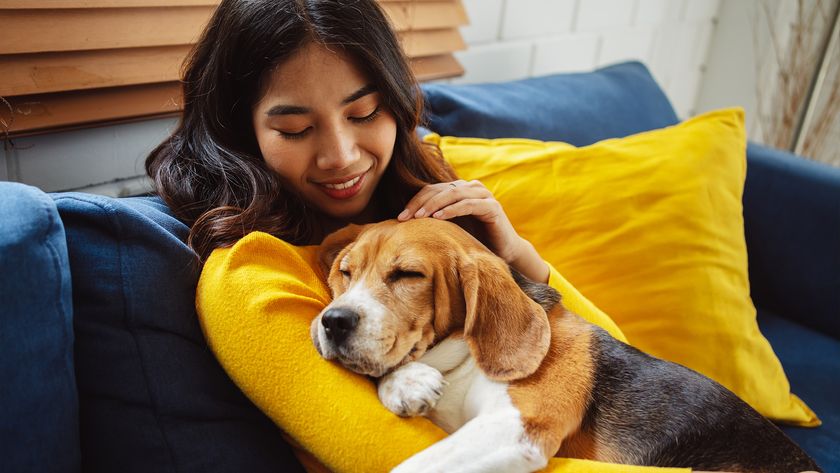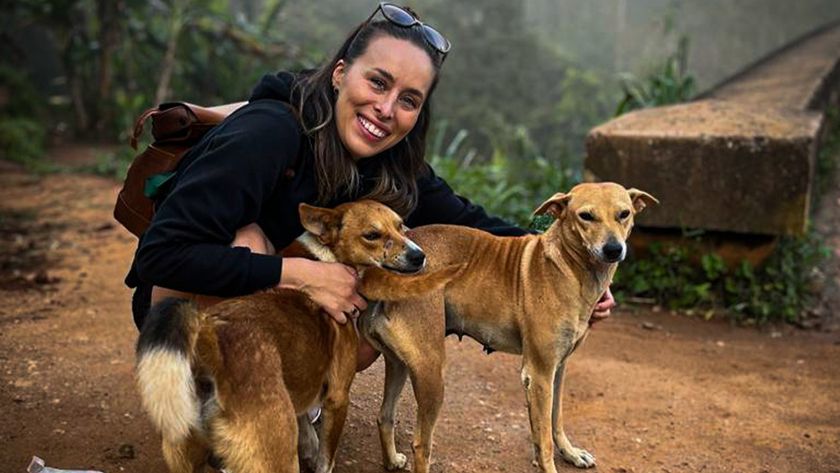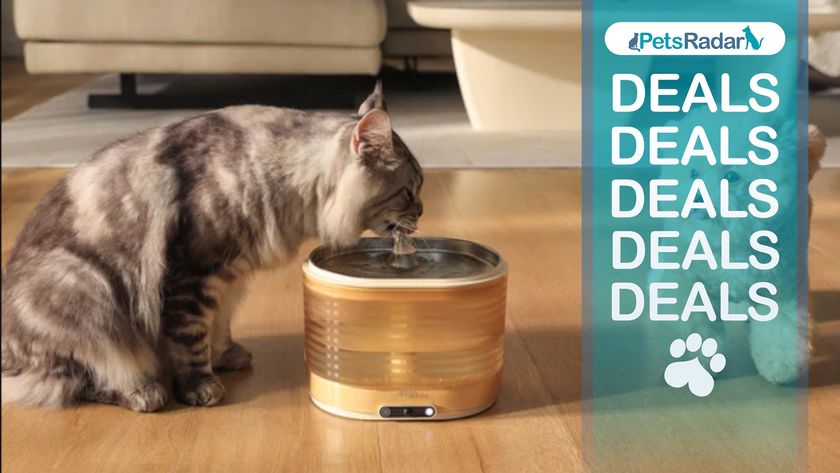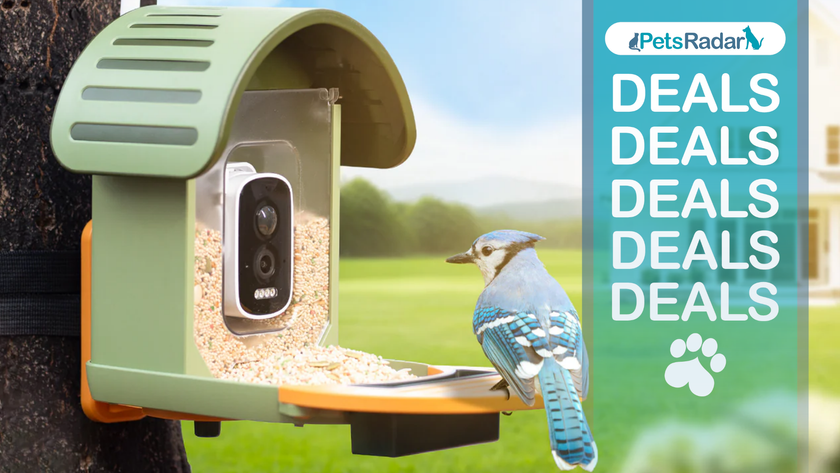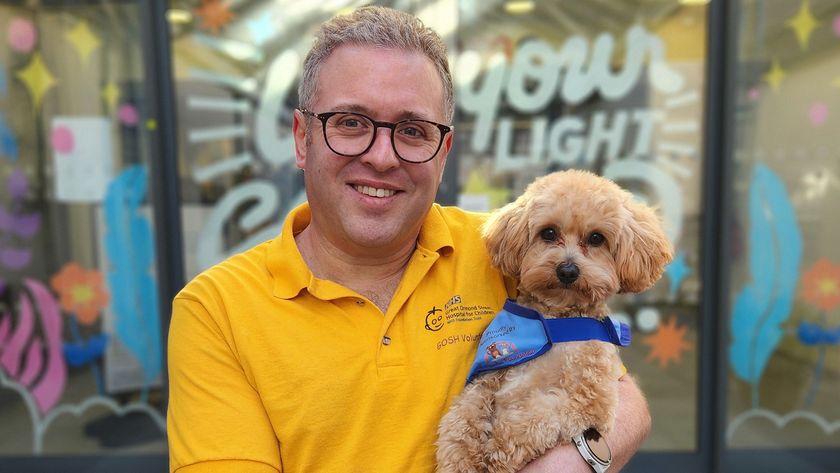Is your dog reactive? Try this trainer’s super simple game to help them relax
Trainer shares simple game you can play to help your reactive dog stay calm around triggers
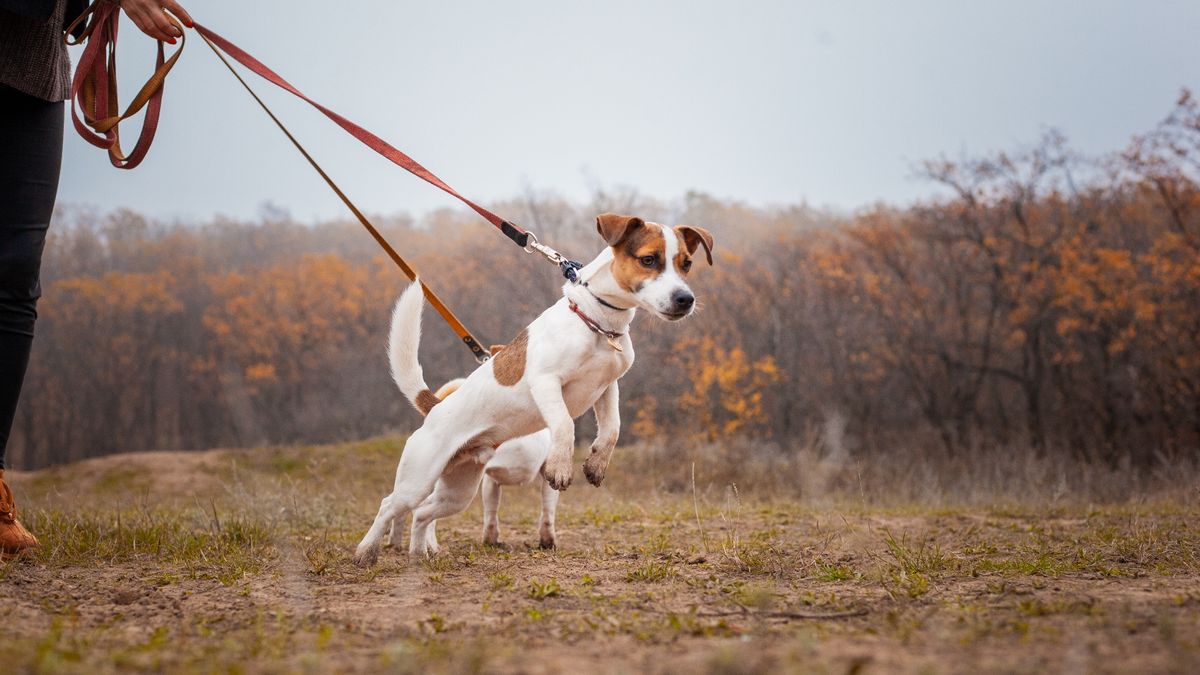
It takes a lot of time, patience, and consistency to learn how to calm a reactive dog and help them feel more comfortable around their particular set of triggers.
As a pet parent, dealing with reactivity can feel incredibly challenging — particularly when you and your canine companion are out and about.
Whether it's lunging at people or barking at other dogs, encounters with unfamiliar people and animals can feel very threatening if your dog struggles with anxiety.
It's something that accredited and certified dog trainer, Lyz Knight, has struggled with in her own life with her dog Molly.
"My dog Molly can be fearful or reactive when she encounters unfamiliar people, especially if those unfamiliar people are also carrying strange items or making a lot of noise," she explains.
After recently moving to a new neighborhood with a lot of new people that Molly was suspicious of, Knight decided to play a game with her to help her relax.
A post shared by Lyz - Rover Rehab (@roverrehabdogtraining)
A photo posted by on
"The Engage-Disengage game has two levels," Knight explains. Level 1 is Engage, where I mark and reward Molly for engaging in some way with something in her environment."
PetsRadar Newsletter
Get the best advice, tips and top tech for your beloved Pets
This could be something as simple as your dog looking towards a person or object that's captured their attention, or flicking their ear towards a weird sound.
"Level 2 is Disengage, where I mark and reward her for disengaging from that thing and turning to check in with me instead," says Knight.
When doing this with your own dog, you can switch between the two levels depending on the intensity of a distraction or how close something is.
For example, your dog may need to be further away from their trigger in order to be able to give you their attention and be successful at the game.
"In Molly's case, she was able to move from Engage to Disengage within just a few repetitions of the game — the trigger of "unfamiliar person moving patio furniture" started to turn into a cue to check in with me!," says Knight.
When it comes to the Engage-Disengage game, Knight explains that this is one of many strategies we might use when helping nervous, fearful, or reactive dogs to develop more positive feelings around triggers.
Reactivity takes time, patience, and consistency to deal with. If you feel you and your pup would benefit from some extra support, we recommend reaching out to a qualified dog trainer for help.

Kathryn is a freelance writer who has been a member of the PetsRadar family since it launched in 2020. Highly experienced in her field, she's driven by a desire to provide pet parents with accurate, timely, and informative content that enables them to provide their fur friends with everything they need to thrive. Kathryn works closely with vets and trainers to ensure all articles offer the most up-to-date information across a range of pet-related fields, from insights into health and behavior issues to tips on products and training. When she’s not busy crafting the perfect sentence for her features, buying guides and news pieces, she can be found hanging out with her family (which includes one super sassy cat), drinking copious amounts of Jasmine tea and reading all the books.
